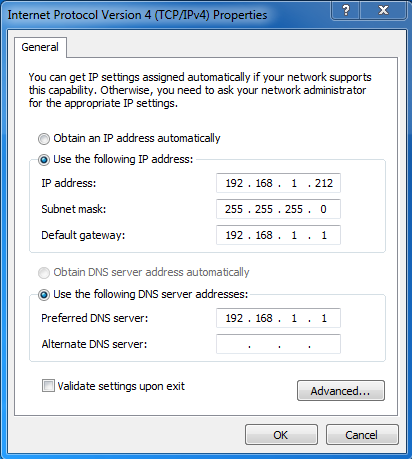Terminal Service Plus Prerequisites
1. Hardware
Terminal Service Plus can work on your PC and here is the minimal recommended hardware:
| Number of users | Windows 2008 to 2025 or 7 to 11 Pro |
|---|---|
| 3 - 5 | I5 or above One CPU 2 GHZ Minimum : 4 GB RAM Recommended : 8 GB RAM |
| 10 | I5 or above One CPU 2 GHZ Minimum : 8 GB RAM Recommended : 16 GB RAM |
| 25 | One CPU I7 or Xeon Minimum : 16 GB RAM Recommended : 32 GB RAM |
| 50 and above | 32 GB Dual CPU - SSD Disk dedicated to the system Minimum : 32 GB RAM Recommended : 64 GB RAM |
Over 50 concurrent sessions, we recommend to use a farm of servers, using the Load Balancing feature, available on the Enterprise Edition. Each server (physical or virtual ones) handling up to 50 concurrent users.
Comment: The type of hardware you need will mostly depend on what kind of resources the applications you wish to publish consume the most (CPU/memory/Disk). You might consider getting a server with SSD drives if you plan on using an application that accesses a database on your TSplus server as it will greatly enhance the performances.
2. Operating system
Your hardware must use one of the operating systems below:
- Windows Vista Service Pack 2
- Windows 7 Service Pack 1
- Windows 8/8.1
- Windows 10 Pro
- Windows 11 Pro
- Windows Server 2008 SP2/Small Business Server SP2 or 2008 R2 SP1
- Windows Server 2012 or 2012 R2
- Windows Server 2016
- Windows Server 2019
- Windows Server 2022
- Windows Server 2025
Only
x86 and x64
architectures are supported.
ARM32 and ARM64
architectures are not supported.
The required framework is .NET version 3.5 for all supported Windows versions.
| Remote Access version | Minimum Windows version |
|---|---|
| 18, LTS 17, LTS 16, LTS 15 |
Windows 7 Service Pack 1
Windows Server 2008 R2 Service Pack 1 |
| LTS 14 |
Windows Vista
Windows Server 2008 |
-
If you install TSplus on a Windows 2008 to 2019 make sure the RDS or Terminal Services roles as well as the RDS Terminal Services licensing role are not installed before installing TSplus. If these roles were present, remove them and reboot.
-
Windows 10 Home edition is not supported.
-
On Windows Server 2016, 15 sessions maximum are allowed for Remote Desktop access.
-
Windows Server 2019 Essentials Edition does not support RemoteApp.
N.B: TSplus LTS 11 supports Windows XP and Windows Server 2003.
3. Network parameters
The Terminal Service Plus Server must have a fixed IP address:
 Remote access (from Wide Area Network - WAN)
Remote access (from Wide Area Network - WAN)
-
A DSL connection is recommended as well as a public fixed address. Without a fixed IP address, you should install a dynamic DNS service like
- The TCP RDP port (by default 3389) must be opened both ways on your firewall.